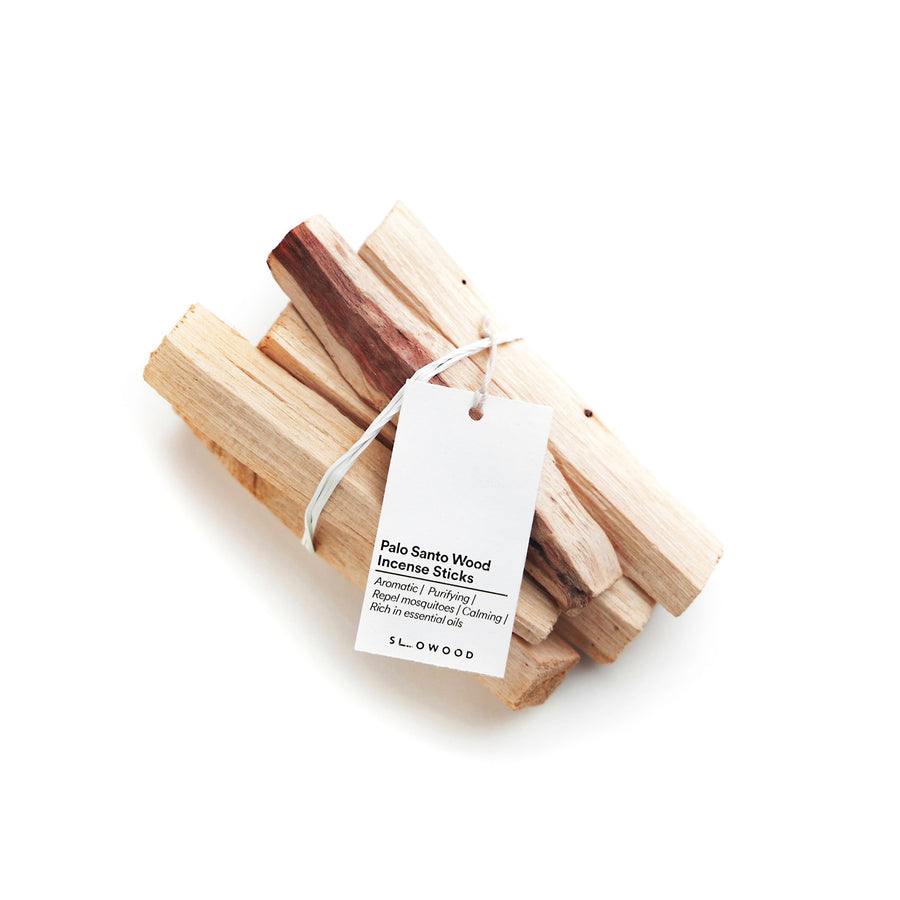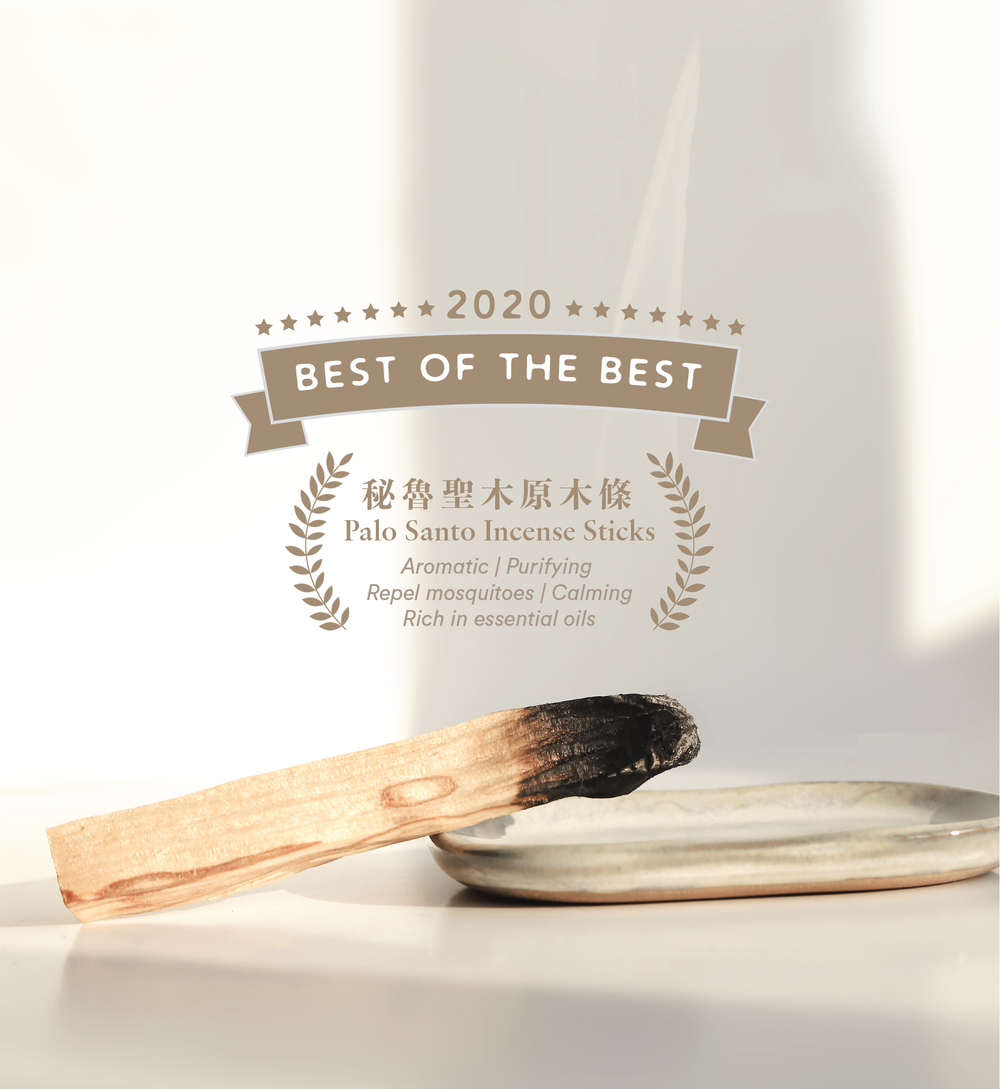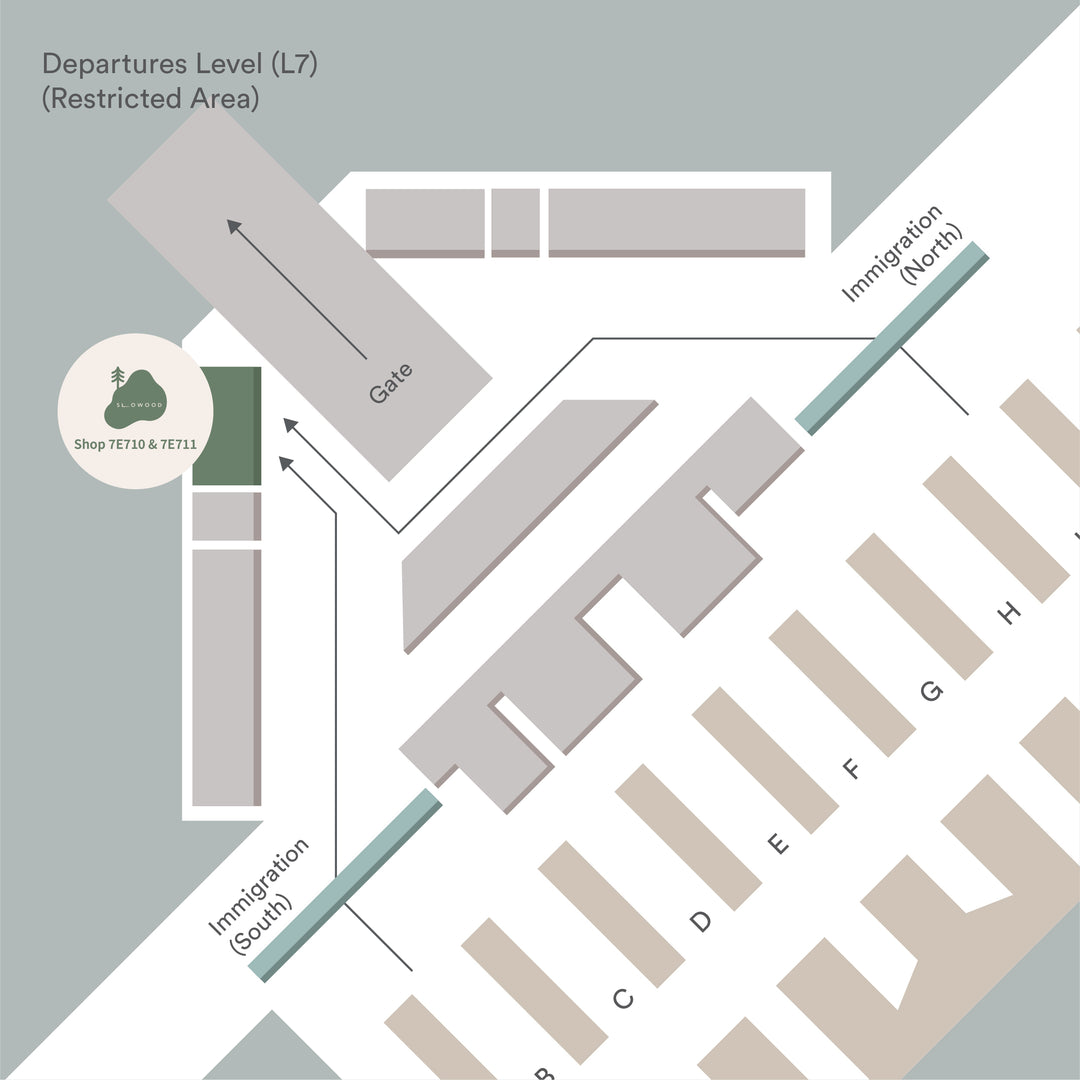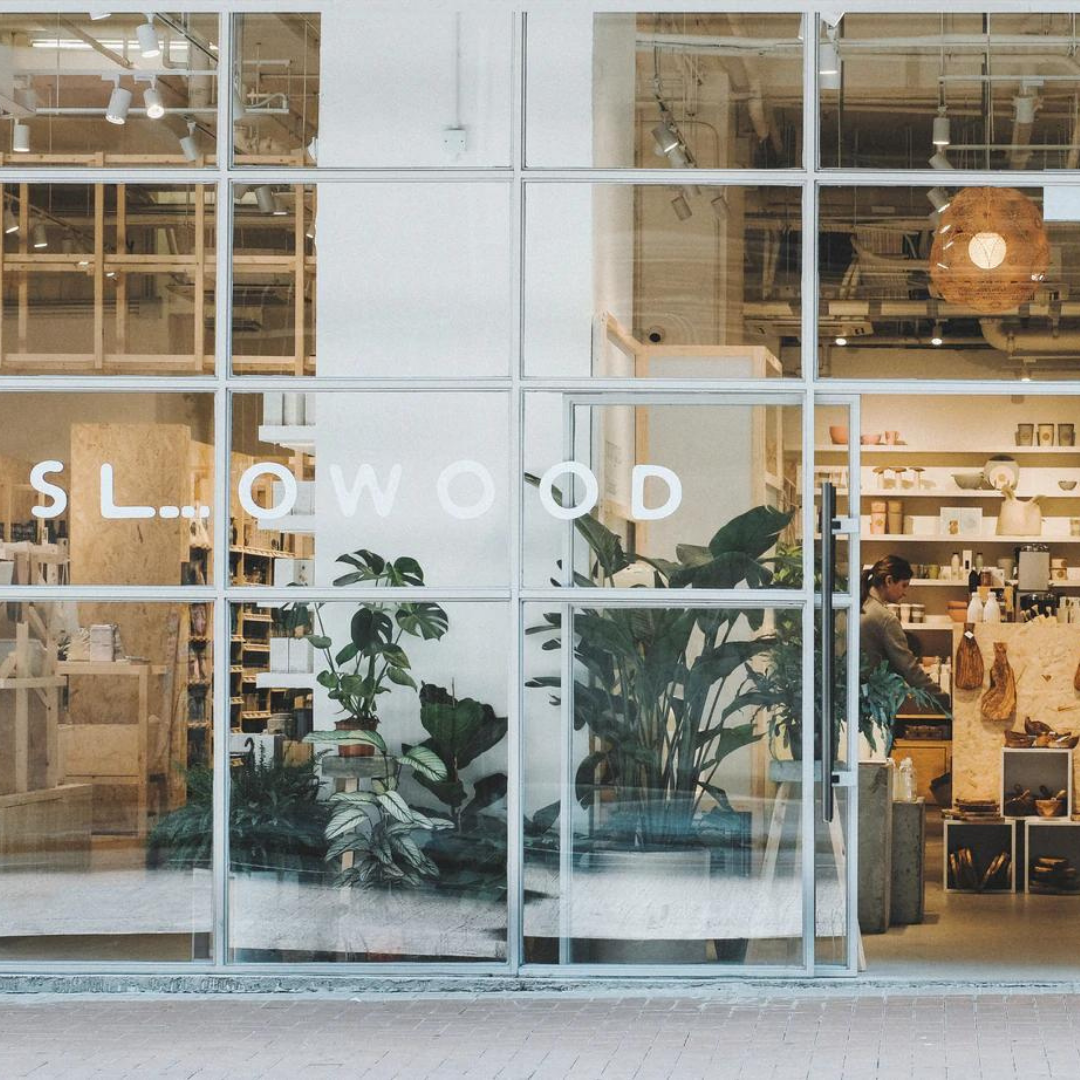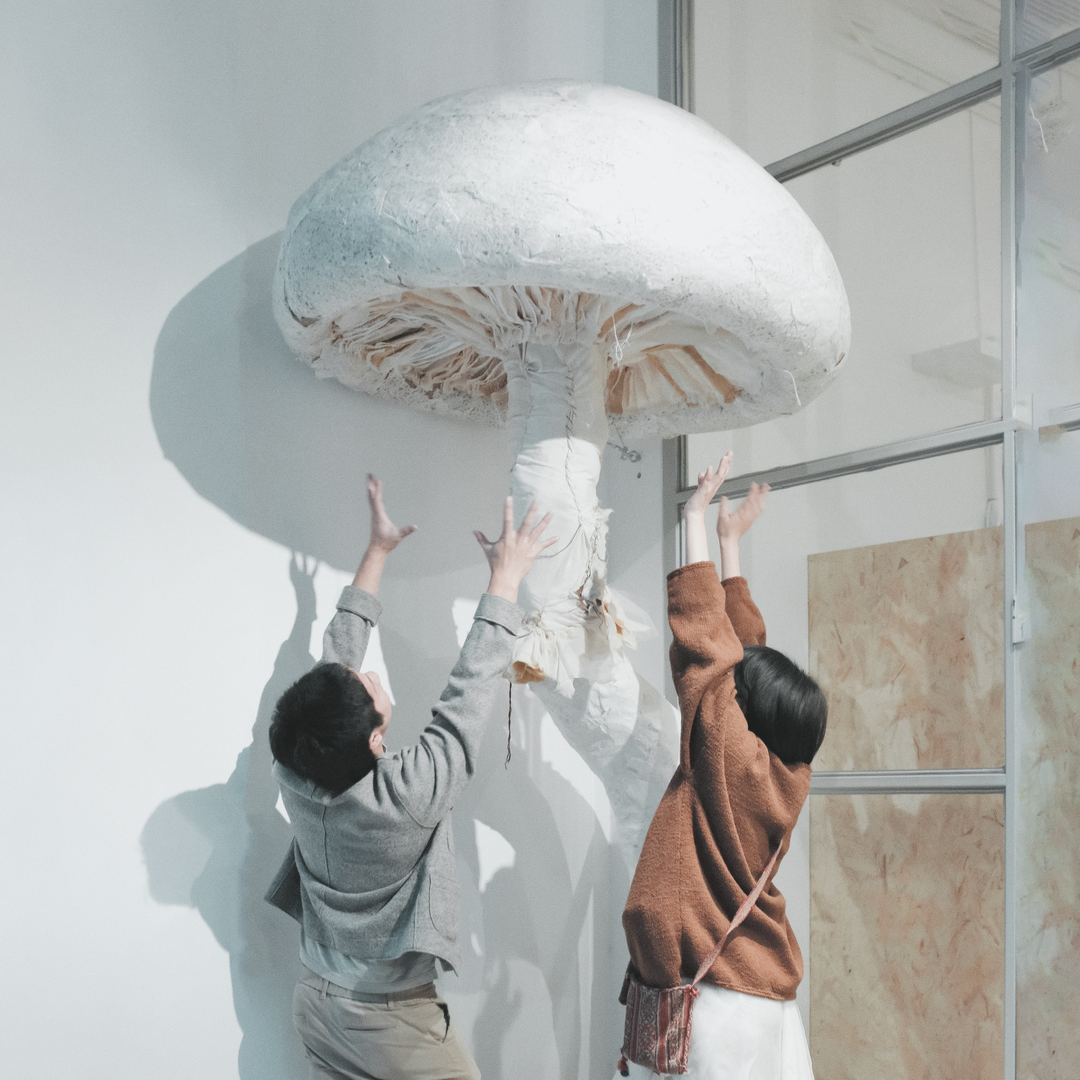How To: Sustainable Closet
Text by Agnese Perri

The fashion industry is huge, it is worth 3 trillion dollars and accounts for 2% of the worlds GDP. Polyester production for textiles released about 706 billion kg of greenhouse gases in 2015, and 2,700 litres of water are required to make only one cotton shirt, the equivalent of what one person drinks in two and a half years. With the number of fashion seasons increasing from 2 to over 50 a year, the carbon footprint of the industry is enormous, and is a huge contributing factor in our current environmental issues.
Tackling the modern fashion industry, namely fast fashion, is a hard one. For many, style forms a large part of one's identity, and changing this can be hard. I won't lie, although ethical fashion can be versatile I do think it can follow a type of style. Luckily for me this is my style either way, but I do understand the difficulty in assessing the sustainability of your wardrobe if it isn't. So, I'm here to lay out a range of solutions you can take to begin to decrease your fashion carbon footprint.
Fast Fashion
I'm sure you've heard this term being thrown around constantly in the eco community, but it is a very real issue. Companies like H&M and Forever 21 are producing insane amounts of clothes on a weekly basis, having anything from 50 to 100 seasons a year. They are affordable (not always!) and always following current fashion trends. But, they are also bad quality meaning they don't last. Having clothes that don't last paired with a fashion industry that is telling you your clothes are out of fashion a week after you buy them means not only are we buying more clothes and creating more waste, but we are also doing so unnecessarily. In the UK alone consumers are estimated to have £30 billion worth of unworn clothes in their closet. But it isn't just the clothes themselves, it's the production as well. If you do truly care about the environment, I would suggest not buying any fast fashion. Even if you lessen the amount you buy, the poor quality means you can't help but have to buy more.
Having said that, to people who feel fast fashion brands create clothing in their style and are more reluctant to change this, my first tip would be to simply buy less. If anyone wants to reduce their clothing/fashion waste, first and foremost you need to buy consciously. Have in mind your style and what you like, try and buy staple items that you will use for a long time, and be conscious to buy clothes you will actually wear.
If you are confused on what constitutes fast fashion, more or less any company that has more than 2-4 seasons a year would be the answer. However, here are some brands to give you an idea:
- H&M
- Bershka
- Cotton On
- Forever 21
- Topshop
- Pull and Bear
- Uniqlo
- Benetton
- Giordano
- Esprit
- Mango
- Primark
Buy from Eco Brands
The second option if you aren't into thrifting or vintage, is to buy higher-end or eco-friendly brands. Yes this can be expensive, and I understand for many unattainable, but if you spend more money on an item which you will use for years, I would guess that ultimately you'd be spending the same amount that you would be buying from H&M every few months. Here are a few eco-brands to give you ideas, but again follow the same principle of being a conscious shopper and finding staple, long lasting items.
- Alternative Apparel
- People Tree
- HOPE Made In The World
- Encircled
- Tradlands
- DL1961
- Mayamiko (They have gorgeous patterns!)
- Naja
These are all global brands (All US and UK), but even buying from small local shops is ethical and environmentally friendly! As a rule of thumb the smaller and more local the shop the better!
Thrift
The next two are big ones in the zero waste community, the first being thrifting! In Hong Kong the thrift shops we have are arguably not as great as those in the US, UK, Aus etc. but they are still fun! It is often really cheap, though it can take more effort to find the right thing and as I said previously I do think you have to have a specific style for it. That being said it's great to buy second hand, for all things not just clothing, and usually it means you take more choice with your clothing as well, which as I've mentioned is key to lowering your closets waste!
Another great way to do second hand is not through thrifting, but through hand me downs! Luckily for me I have some amazing family members and friends with great clothes and am always being handed down gorgeous pieces. You can also do clothing swaps which are a great way to promote a circular economy (buzzword). In all honesty, I recommend (and only buy) second hand, thrift, and vintage. In other words things that have had a life. We have so many unused clothes around the world in perfectly good condition, and I think it is much more eco-friendly to use up our existent resources than to buy new, no matter how eco friendly the brand is. Obviously there are times when you need specific items, or you know, underwear, which idk about you but I'm not thrifting. Nothing is ever one size fits all, but for the most part something that has lived is the best policy when it comes to fashion. It is also hugely cost effective and (biased opinion) more fun!
Vintage
I reckon vintage shopping is an up-scaled version of thrifting, though this may vary around the world. Essentially they overlap. Many thrift stores in fact sell vintage clothes, but all around the world there are vintage stores so just go check some out in your area and see if you like the style! In HK it's pretty hard because there isn't much availability for vintage clothing, but I still love this option and am excited to go to places that sell them more when we move overseas. BUT we do have ruglane, which is a market place every few months for people to sell second hand and vintage clothes and I LOVE IT! I will say vintage tends to be more expensive, so it's a bit more of a treat for me.
Make your own clothes
This can be separated into two categories; making your own clothes by hand, or having someone else make clothes from a fabric and style chosen by you. I'm not gifted in any particular way when it comes to making my own clothes but if that is something you enjoy or think you may enjoy there are loads of tutorials online that outline basics and how to get it all done! For the second option, I haven't tried it out yet, though I am thinking of going to Shenzhen and getting clothes I have designed made there! I do have some friends which have done so and really enjoyed it so I'm excited, will definitely put a blog post on it. This is also a great way to spark your creativity and perhaps make use of some scrap fabrics!
My own experience
I have decluttered my wardrobe MASSIVELY. And I mean massively. I am no where near a capsule wardrobe and I don't think I'll ever be because it is not my style, but in comparison to before I am much more minimalistic. I recommend decluttering before buying anything new, and not buying anything new until you either need it or every 6 months or so if fashion is something you like and you enjoy it. I essentially don't buy new clothes, in fact it is extremely uncommon for me, but I do still get a decent amount of clothes every 6 months or so accumulating from second hand/ some thrifting. To put it into perspective I have brought 2 items of clothing the past 6 months.
 |
Agnese Perri Agnese is a half Italian half Australian gal from Hong Kong with lots of thoughts and opinions. Her blog’s ’Our Simple Cottage' is a space that collects these, amongst other things, discusses politically driven sustainability, simplicity in all aspects of life, and art. |




